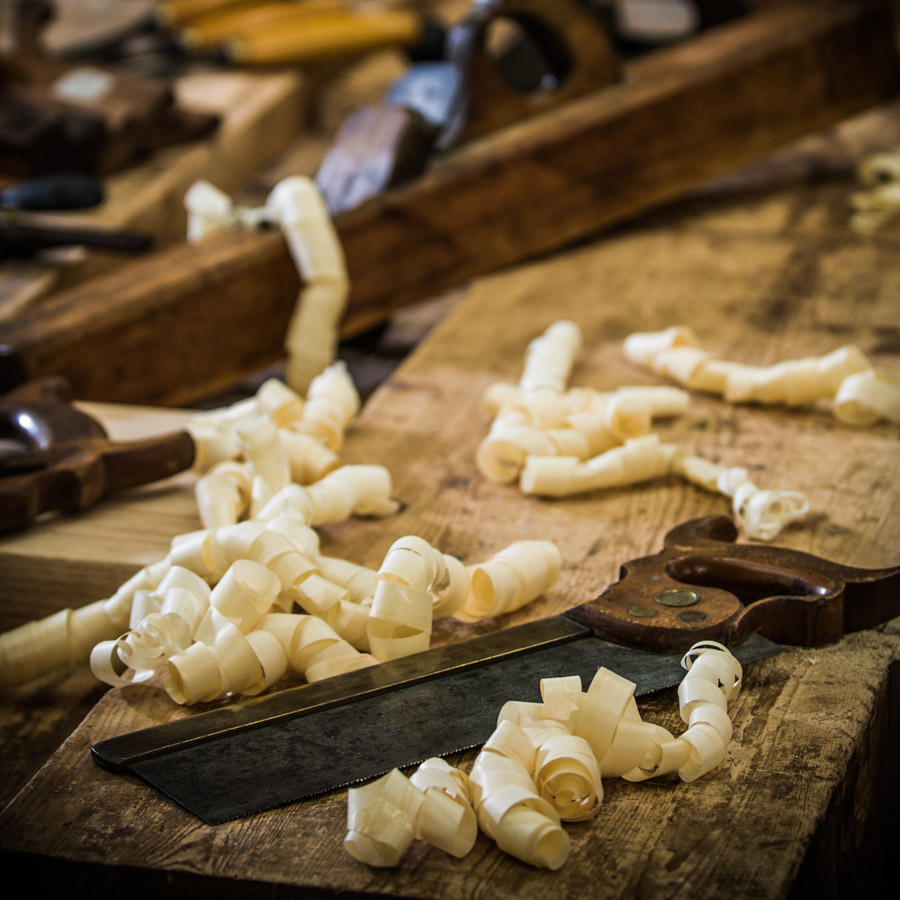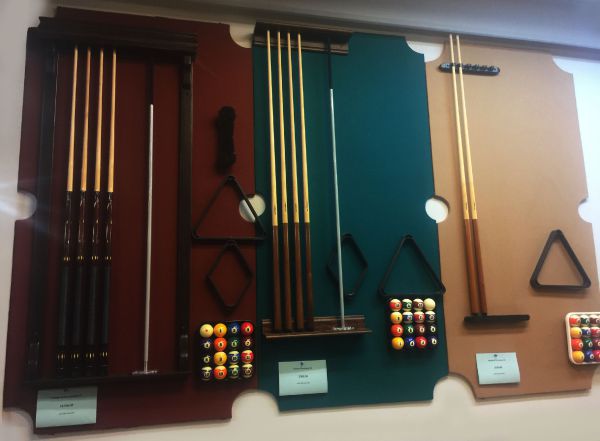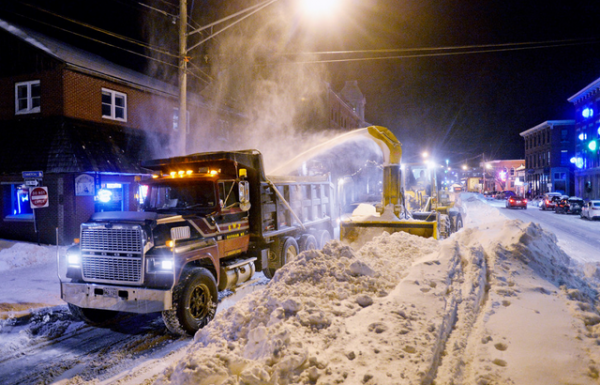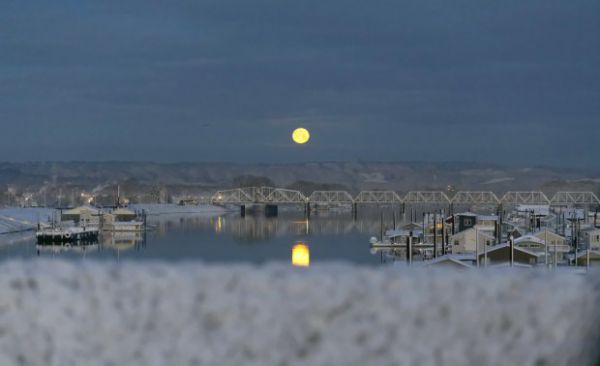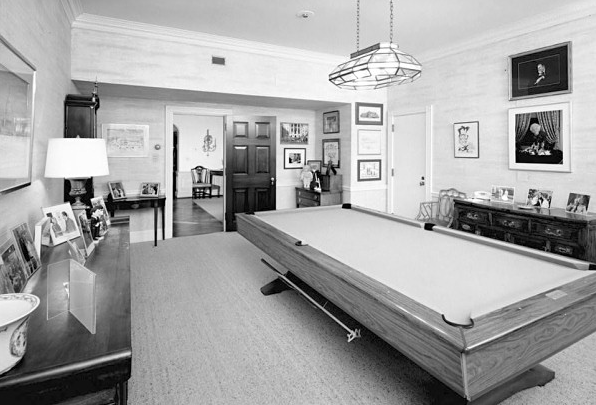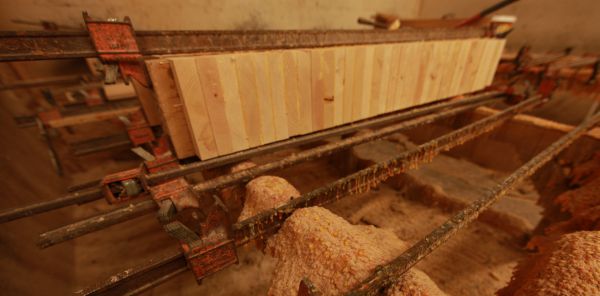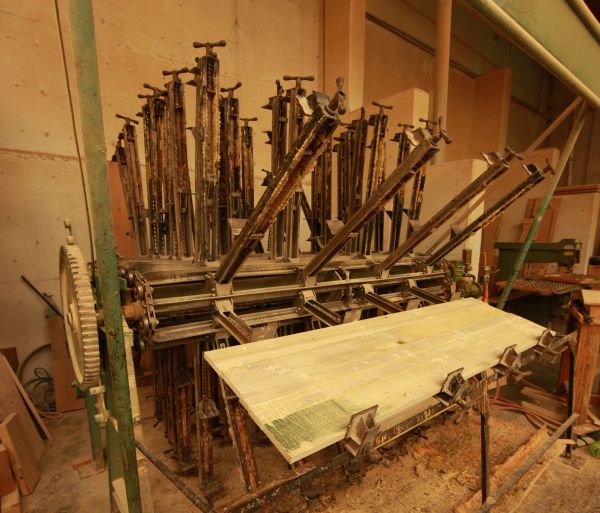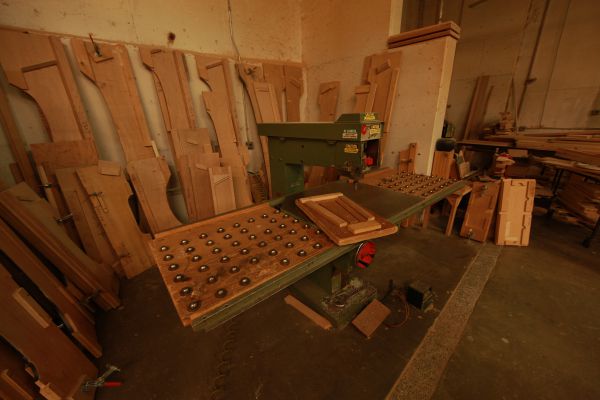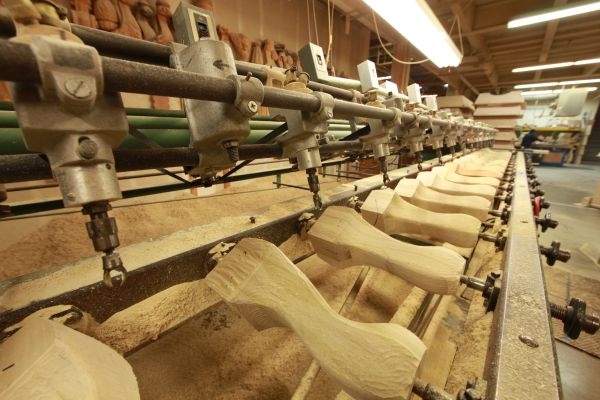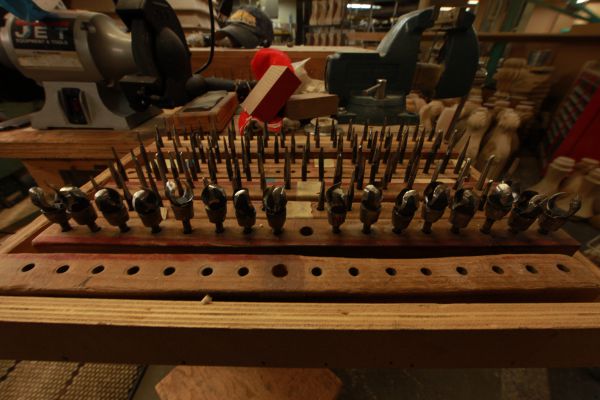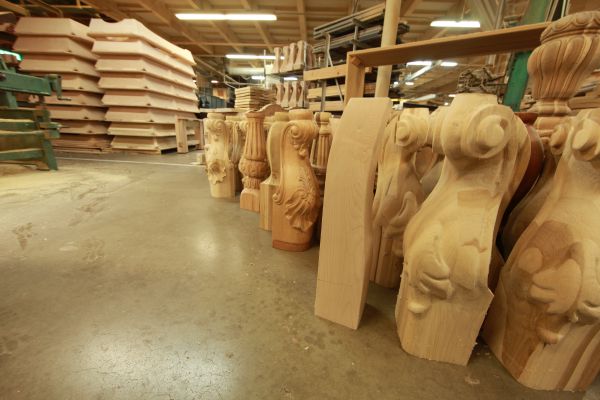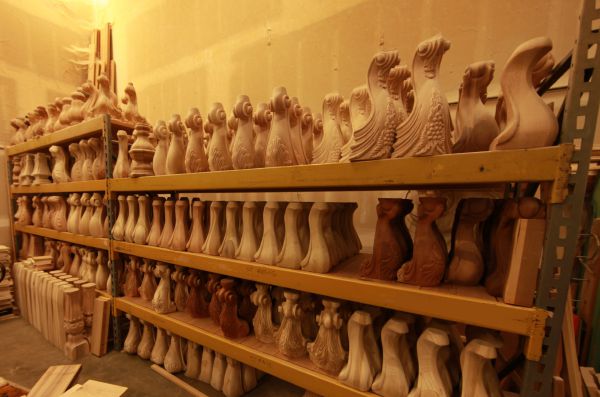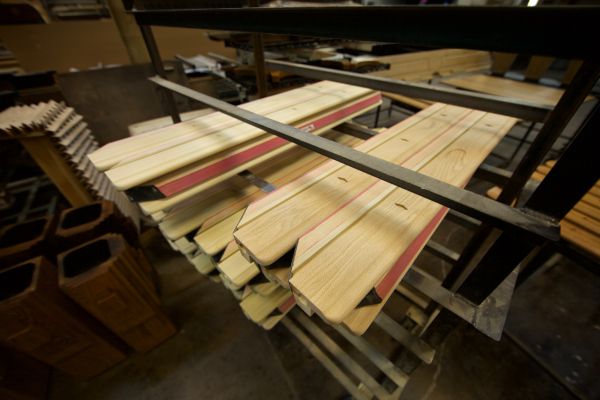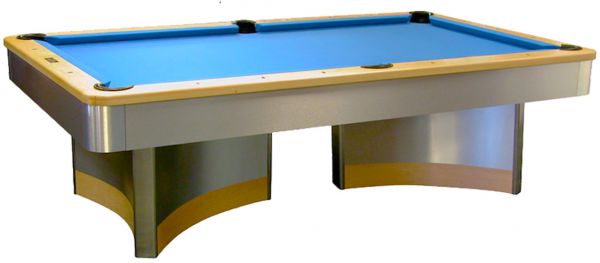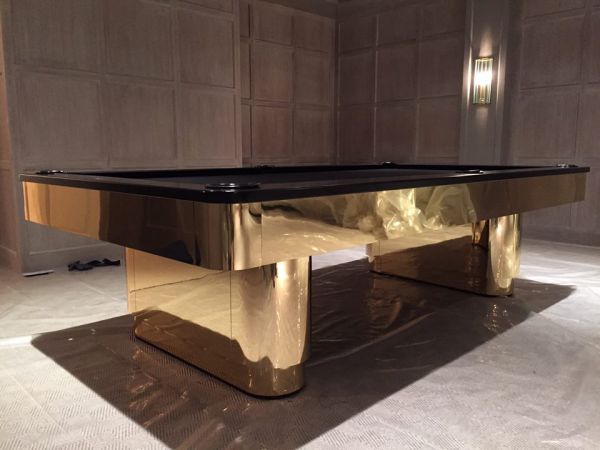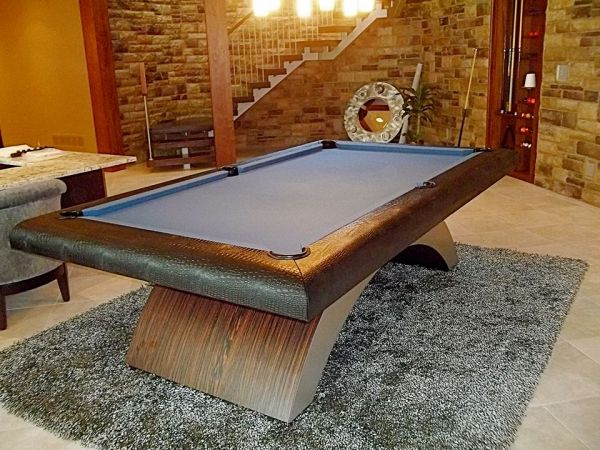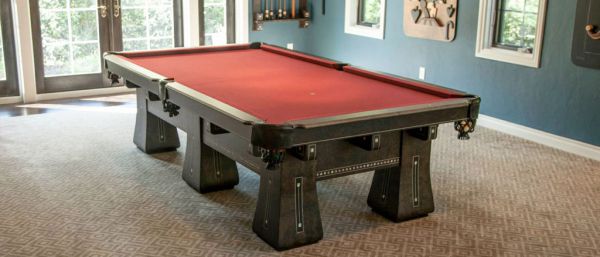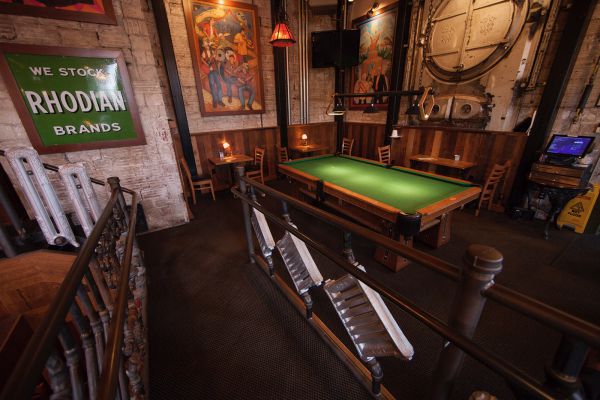What is the difference between a pool table that is made with one-piece of slate and one that is made with three pieces of slate?
As you can imagine putting a pool table together can be very difficult. Here at Golden West we’ve specialized in building pool tables for over 50 years!
Over the years we have experimented with all kinds of ways to improve on our pool tables, some successful, and some, not so much. Although we have had some set back’s we’ve learned to improve at each step. Leading us to produce the industry leading, quality products, you see today.
One of the many things we’ve experimented with in order to find the perfect recipe is slate.
” Whats better a 1 piece or a 3 piece slate table?”
This is where it gets complicated depending on who you ask you will get a different answer. So, we’ve created a pros and cons list.
1 Piece Slate:
+One piece slate tables don’t have any seams!
-Can way upward of 450 pounds
-One piece slate can also become uneven due to warping or sag in the middle over time due to the weight.
-Less flexible
-Extremely difficult to move: pool table movers don’t want to touch it.
Mostly used for coin-op tables found in bars or clubs
3 Piece Slate:
+ More accurate leveling
+ A fraction of the weight making moving easier
+ Does not sag over time
More common in larger tables
– Depending on the manufacturer’s assembly method you might have slate gap or residue coming up through the cloth.
You see, there are many advantages to having a 3 piece slate table. Here at GWB we produce beautiful 3-piece Brazilian slate tables. We first level the table and proceed to fasten the slate onto the frame, then the gaps in-between each piece of slate are filled with grout and sanded down until it’s so smooth you can’t even tell there was a gap, grout is followed by the cloth, rail’s and
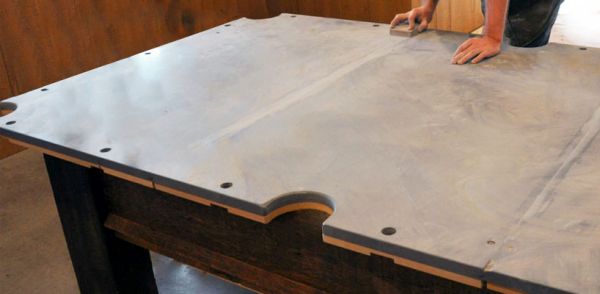
The finished product becomes art with perfect geometric symmetry. The luxury design and the elegance it provides gives a room life calling anyone near to come play.
Give us a call to learn more.
Related articles:
Italian Slate vs Brazilian Slate: Which is Better?
